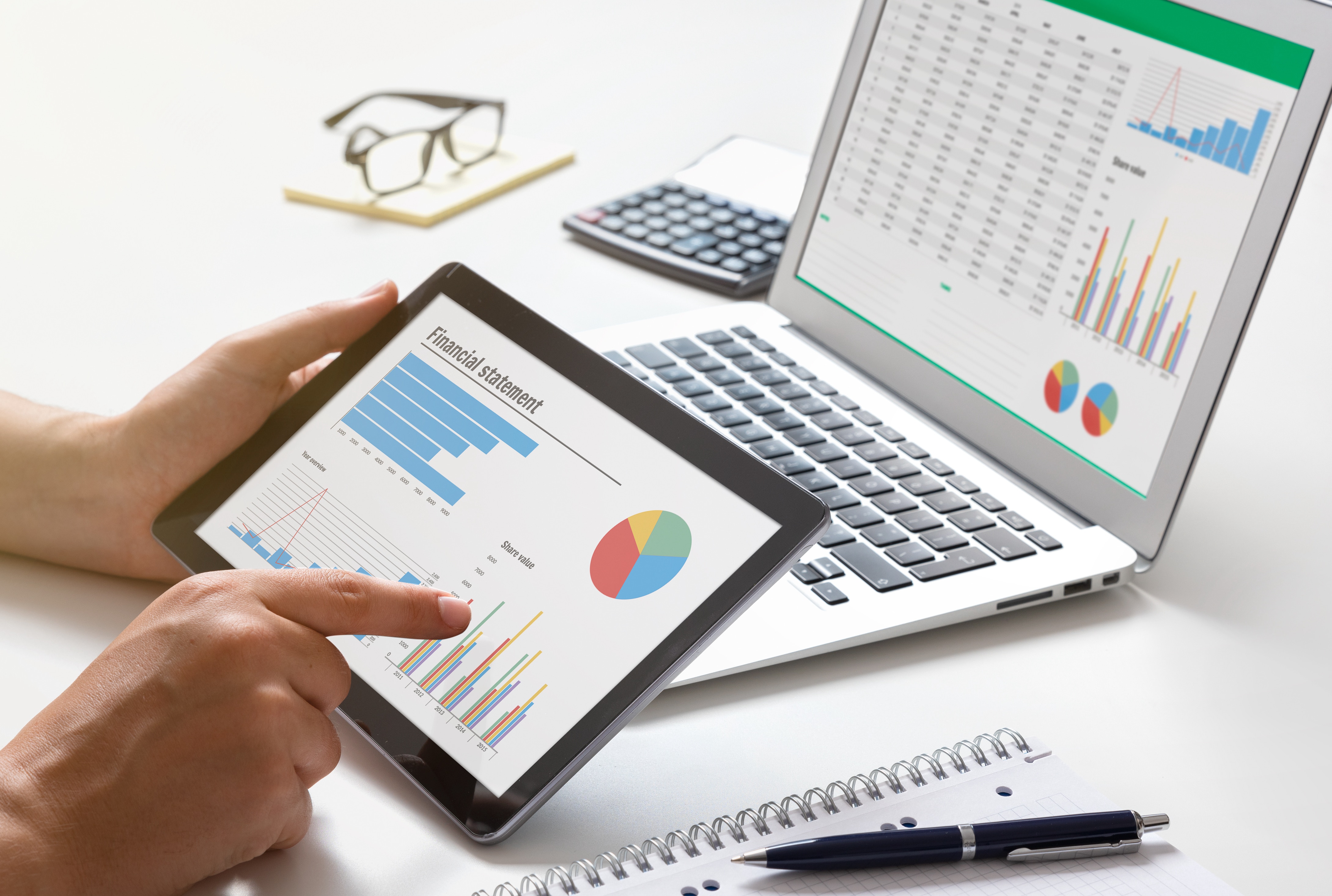A chart of accounts is a lot like the game Jenga. If you take a block away from one section of your business, you have to add it back someplace else.
Accounting systems by definition have a general ledger in which your asset accounts (what you own) match your liability accounts (what you owe).
While useful in theory, it’s challenging to implement in reality. Because current assets never quite match current liabilities, accountants often use other account types that serve as the “missing Jenga blocks” to ensure an accurate general ledger.
To better understand the balance sheet and other relevant financial statements, you need to first understand the components that make up a chart of accounts. Knowing how to keep your company’s chart organized can make it easier for you to access financial information.

